Best Hardware Sequencers: How to go dawless with gear from Korg, Arturia, Erica and co.
Going dawless is easier than you think. Synth manufacturers are offering a panoply of different hardware sequencers for you to choose from, for all sizes and budgets. How to pick the one that’s right for you? We’re here to guide you through the gear, with our curated list of the best hardware sequencers on the market.
Hardware Sequencers: The Basics
Sequencers tend to come in two forms. Firstly there’s the MIDI sequencer which mostly deals in the familiar musical territory of notes and arrangements, and secondly, there’s the analogue sequencer that trades in voltages, gates and patterns. They are often conveniently found in the same piece of hardware but can be used very differently. One of the first questions to ask yourself is what am I sequencing? Do you have MIDI-enabled synths and sound modules that you want to run from a central hub or is your desk full of synths with CV and Gate inputs that are looking for a machine to take them over?
If purely MIDI sequencing is your thing then really the computer-based DAW is by far the easiest and most fully-featured solution but once you start to introduce the odd synth that wants CV then spilling out of the computer box into a standalone box starts to get really interesting. What’s really fun is that there’s no proper way of doing this or a correct solution that’s going to replace your laptop. Instead, we have all sorts of possibilities that bring different strengths and ideas to what can become a bit of a journey.
In this article, I’m going to bring together a bunch of possible products that offer a range of sequencing opportunities that will hopefully inspire you into making a good choice. Some will be standalone, some will be Eurorack based but with a little modular skiff, they can be standalone as well. I’m going to assume that, like many of us, you probably want a bit of MIDI and a bit of CV to cover all the bases. We’re deliberately avoiding all-in-one groove boxes or synths with built-in sequencers, this is about pure sequencing.
Simple Sequencers
At the most basic level, a simple row of looping notes can leave you free to explore the sounds and scope of your synthesizer. But a simple sequence can often bring a surprising amount of versatility and be great fun when performing. If you want to make things more complex then you can always add another one and sync them together.
Single track sequencers appear most commonly in Eurorack. There are deliciously simple ones like the 8-step Pittsburgh Modular Micro Sequence or the 16-step Erica Synths Pico SEQ or 2HP Seq. There are the classic random musings of the Music Thing Turing Machine or the 12-notes of Tenderfoot Lattice that can spin off into 3 or 4 note loopings. But my current favourite is the 8-Step from Wavefonix. It has a classic look coupled with the simple interface of 8 knobs to define the pitch. Each step has a switch that turns it on, skips it or resets the sequence back to the beginning. These simple features let you fiddle about with your sequence in a performance to generate dynamic and evolving sequences. It’s fun and intuitive although it follows no musical scales and so a Quantizer is a useful companion.
Outside of Eurorack the Arturia Keystep and Keystep 37 offer a simple and effective sequencer with both MIDI and CV connections. It’s not really about entering or editing individual notes, although you can do that, it’s about hitting record and playing in a sequence using the keyboard. Very quickly you have musical things going on that you can transpose or overdub, or pause while you play notes over the top. The Keystep is the most instantly useful thing I own for getting something going.
As a standalone basic hardware sequencer it’s hard to beat the Korg SQ-1. While strictly speaking it has 2 channels of 8-steps it’s so easy and useful that it belongs in the first category of simple sequencers. Both channels A and B have their own CV and Gate outputs letting you control two different sound sources and there are multiple modes that affect how these channels relate to each other. The 8 buttons for each sequence let you skip around, mute notes and jump into different timings for some excellent performance possibilities.
Complex single track
As I started writing about single track sequencers I realised that there are some that have deep functionality and yet still only produce a single note at a time.
The ones that spring immediately to mind are the RYK M185 and the Intellijel Metropolix that are based on the same concept. Both follow the idea that each step can have up to 8 pulses which are governed by pattern switches that give them a different gate configuration. You find yourself being able to generate complex sequences of varying lengths that respond really well to experimentation. Both the M185 and Metropolix have a lot more going on with modulation, splitting tracks into two, slide and MIDI.
For a complex and interesting 8-step standalone sequencer look no further than the 0-Ctrl from Make Noise. Along with 8-steps of pitch, you get strength and timelines, voltage control over direction and pressure and touch gate outputs for expression and triggering events. It’s a very playable sequencer that loves to be interacted with and has a habit of doing surprising things to your synths.
Multitrack sequencing
When you want to start writing songs and tracks with your synths and modular then you’re going to need more than a single sequence. 4-tracks of sequencing seems to have become the sweet spot for crafting enough melody as the bedrock of your performance and for that you’ve got several options.
But first, let’s start with a 3-channel analogue sequencer from Analogue Solutions. It’s called Generator and it lays it all out in front of you with these marvellous rows of 16 knobs. While you can use it as a 3 track sequencer it also encourages you to consider sequencing your modulations and rolling a channel into your filter. It has a row of touch plates designed to enable easy transposition or to reset sequences or to simply output CV. It has an innovative pattern system that interactively changes the arrangement of gates for instant variations. It’s a really nice sequencer to play with.
The Black Sequencer from Erica Synths is a mighty chunk of Eurorack sequencing. It can handle 4 channels of CV/Gate but these can also be transformed into all sorts of modulation and CV generating tracks. The 16 encoders are wonderfully clicky and let you twist in sequences really quickly and also act as an interface for many other functions. There are a load of randomisation options, probability, gate lengths and pattern generation, quantization, time divisions and modulators. It can run your whole rack while digging into MIDI in both directions. The song mode lets you chain dozens of patterns or you can seamlessly move from one pattern to another in performance mode.
For a standalone sequencer, Korg has gone for a deliciously sleek and stylish look with the SQ-64. It fits very neatly in front of your modular or any other synth and offers 4 tracks of CV or MIDI sequencing. Each step is represented by a button and you can show all 64 steps of one track across the front panel or banks of 16 steps for all 4 channels at once. Seeing it in action with all those lights running through the steps is simply fabulous. Each track can have its own timing, direction and movement and you can dial in different randomisations, loops and repeats while quickly taking out tracks and dropping them back in. The 4th channel deals with trigger outputs giving you a dedicated drum machine with 8 outputs on CV or 16 over MIDI. You have a lot of per-step functionality in terms of modulation and probability and the buttons can convert into a keyboard for note entry. While it doesn’t have a knob for each step it has an elegant and fast-moving workflow.
While the Arturia Keystep offers a fast way to set something going the Keystep Pro brings everything else to turn your sequences into a full-blown track. The keyboard makes everything immediately musical and while not everyone wants to be pushed into a piano paradigm it can be enormously helpful to people who do. You have 4 sequencer tracks that can be directed to synths, modulation or drums although there’s only one set of CV trigger outputs. There are a lot of performance controls with rolls, transpositions and randomisation. It has the weight and presence of a proper instrument that feels at home with analogue and MIDI gear and is very accessible.
Choice
The choices we have are amazing and there are many more than we have touched on here. Through the use of sync and reset or MIDI sync there’s no reason why you can’t chain different sequencers together depending on what your needs are and how they grow. Standalone sequencers have the advantage of being portable and ready for action in any situation but Eurorack based ones tend to bring an experimental edge and expect to be infected with CV from other sources. You have to think about the space, the cost and also the workflow. You’ll find them a very different experience to using your computer, there’s nothing quite like interacting with the knobs and buttons of a machine with your fingers rather than through a mouse. Although many of them have USB or MIDI connections so you don’t actually have to go fully Dawless unless you want to.
Videos
You are currently viewing a placeholder content from YouTube. To access the actual content, click the button below. Please note that doing so will share data with third-party providers.
You are currently viewing a placeholder content from YouTube. To access the actual content, click the button below. Please note that doing so will share data with third-party providers.
You are currently viewing a placeholder content from YouTube. To access the actual content, click the button below. Please note that doing so will share data with third-party providers.
You are currently viewing a placeholder content from YouTube. To access the actual content, click the button below. Please note that doing so will share data with third-party providers.
You are currently viewing a placeholder content from YouTube. To access the actual content, click the button below. Please note that doing so will share data with third-party providers.
You are currently viewing a placeholder content from YouTube. To access the actual content, click the button below. Please note that doing so will share data with third-party providers.
You are currently viewing a placeholder content from YouTube. To access the actual content, click the button below. Please note that doing so will share data with third-party providers.
You are currently viewing a placeholder content from YouTube. To access the actual content, click the button below. Please note that doing so will share data with third-party providers.
This post contains affiliate links and/or widgets. When you buy a product via our affiliate partner, we receive a small commission that helps support what we do. Don’t worry, you pay the same price. Thanks for your support!
One response to “Best Hardware Sequencers: How to go dawless with gear from Korg, Arturia, Erica and co.”

 3,6 / 5,0 |
3,6 / 5,0 | 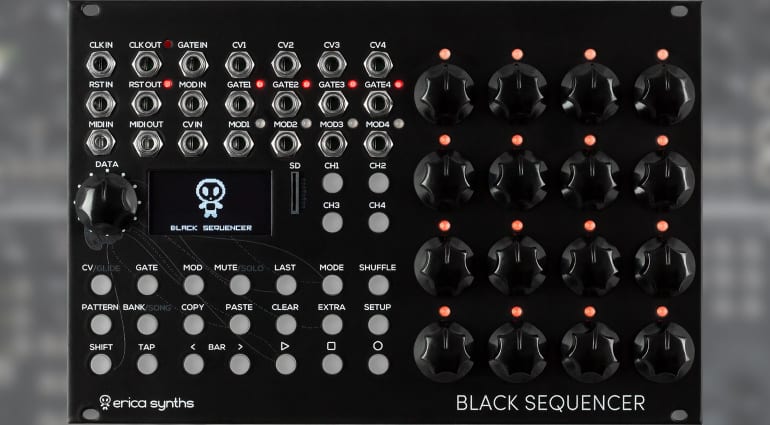
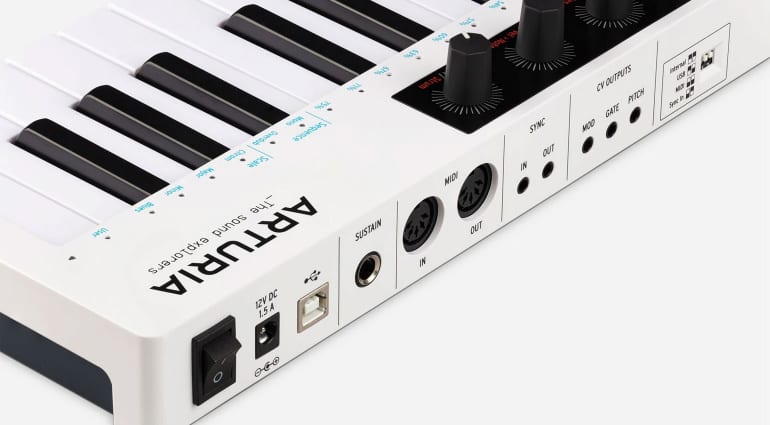
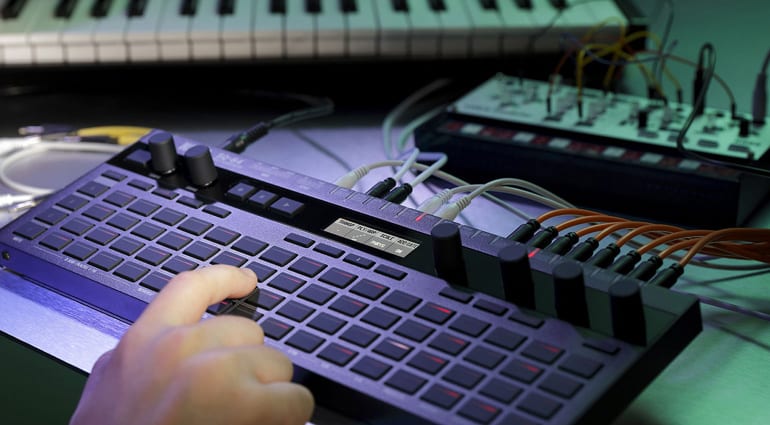
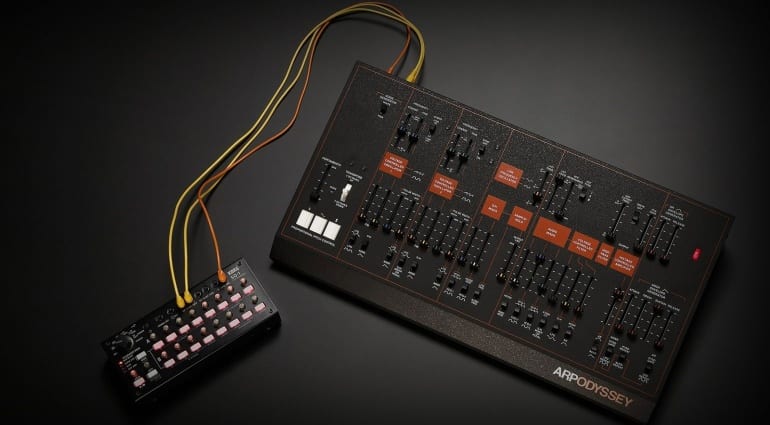




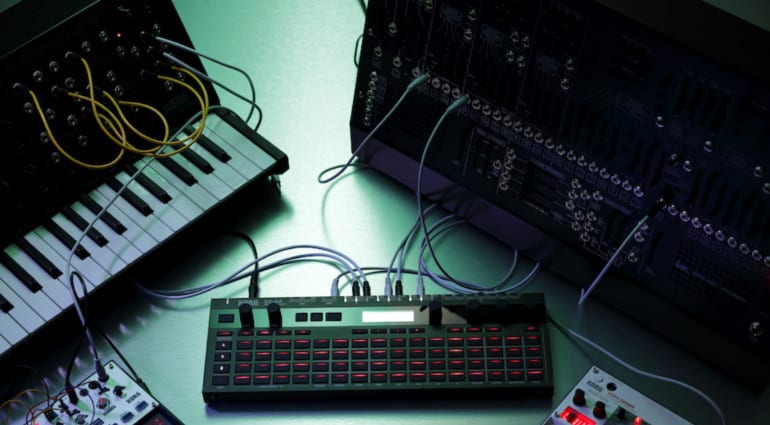
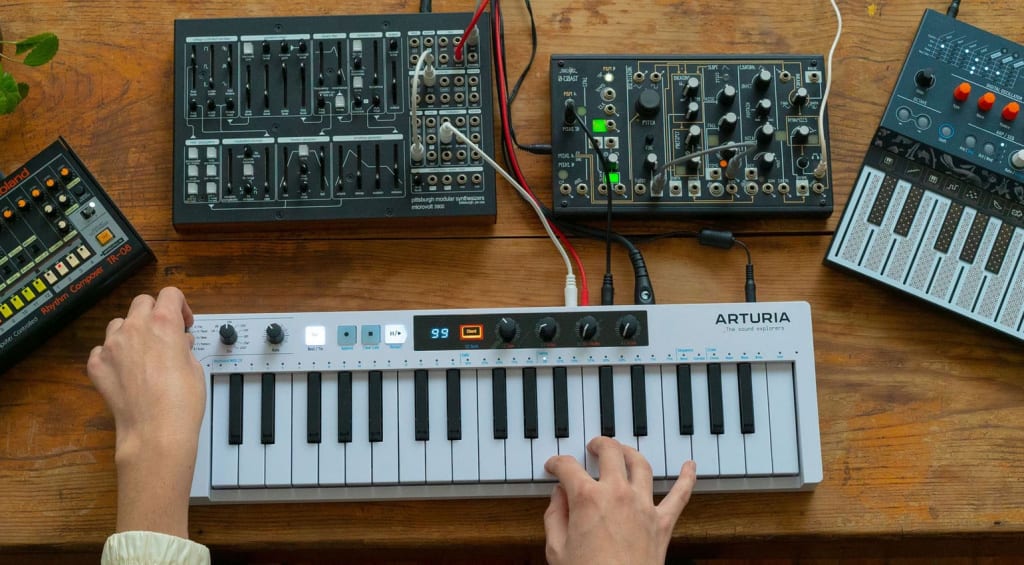
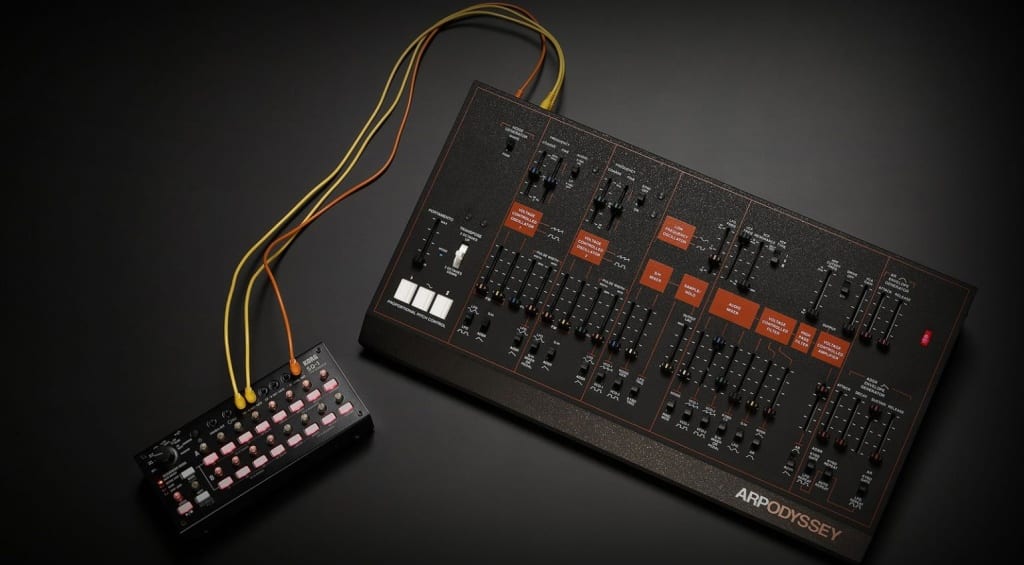
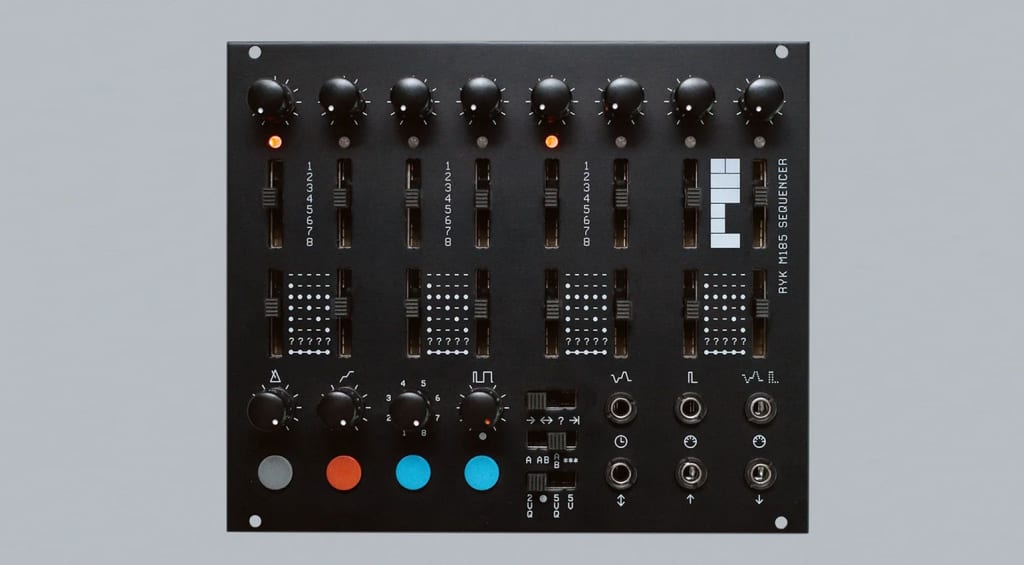
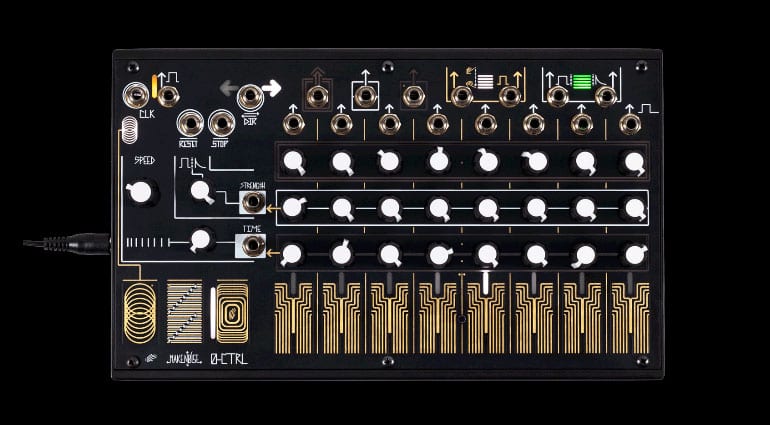
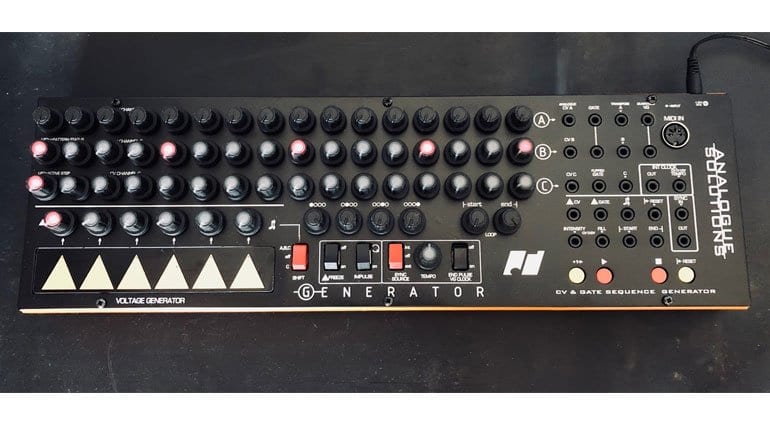
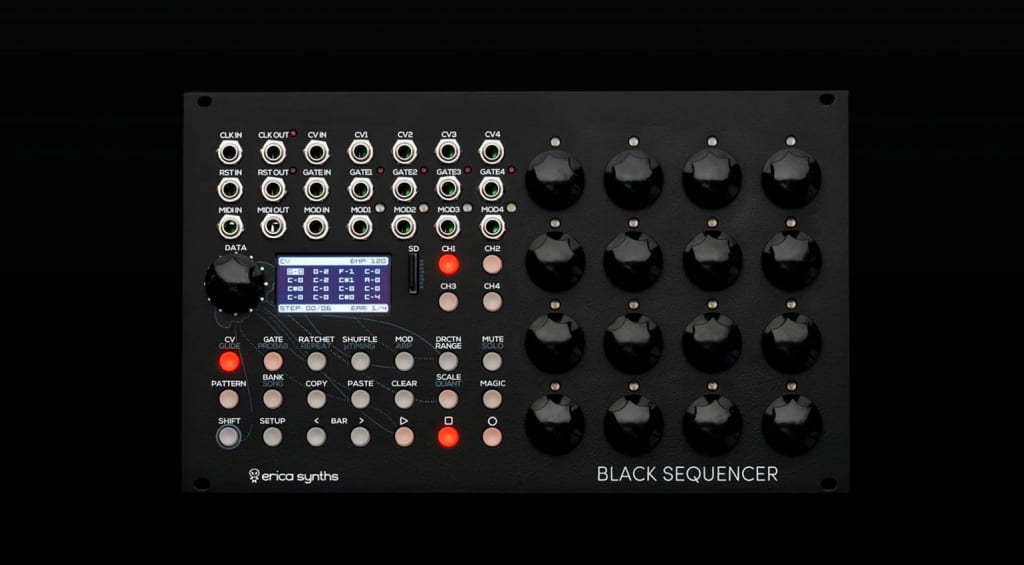
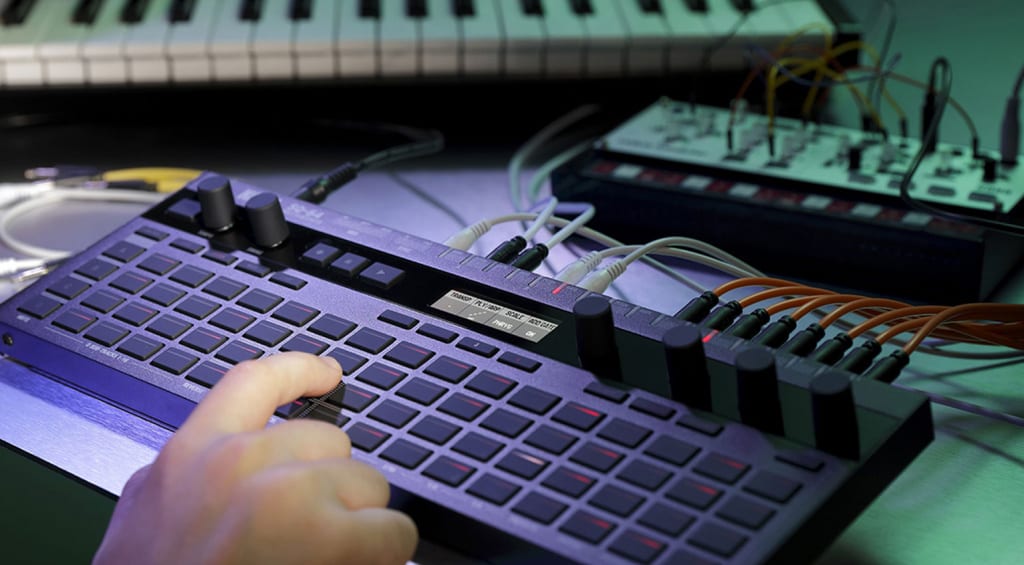
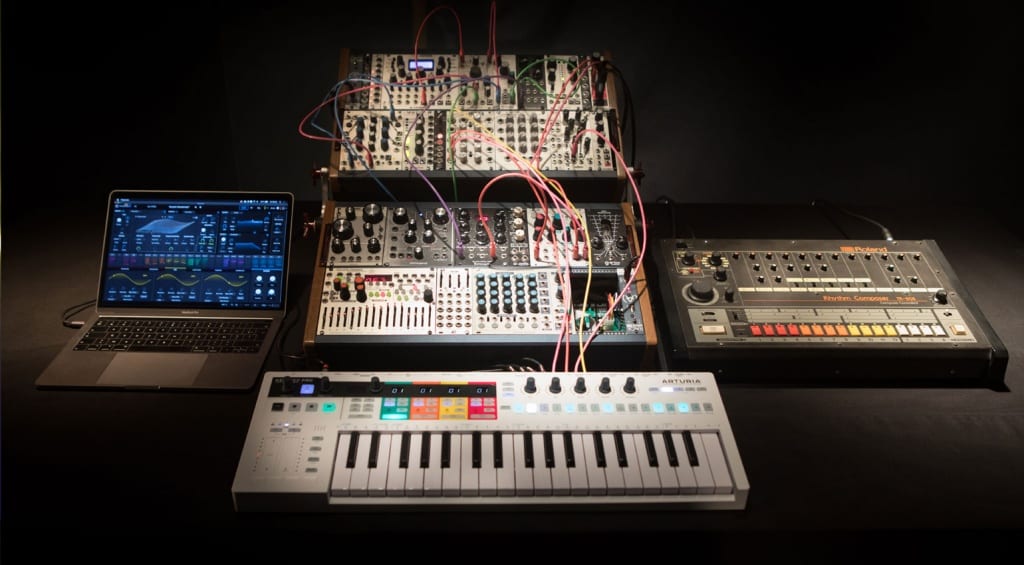
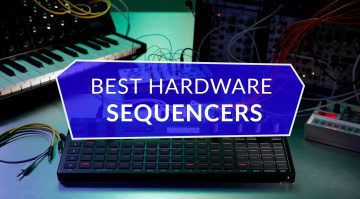


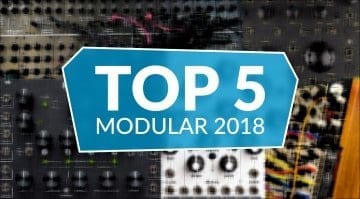
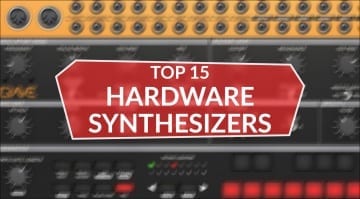
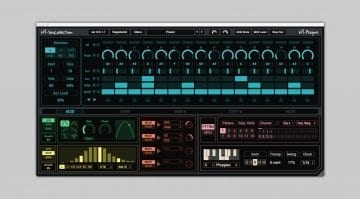

Surprised to not see squarp sequencers here. Pyramid is an amazing standalone sequencer. Just my 2 cents.